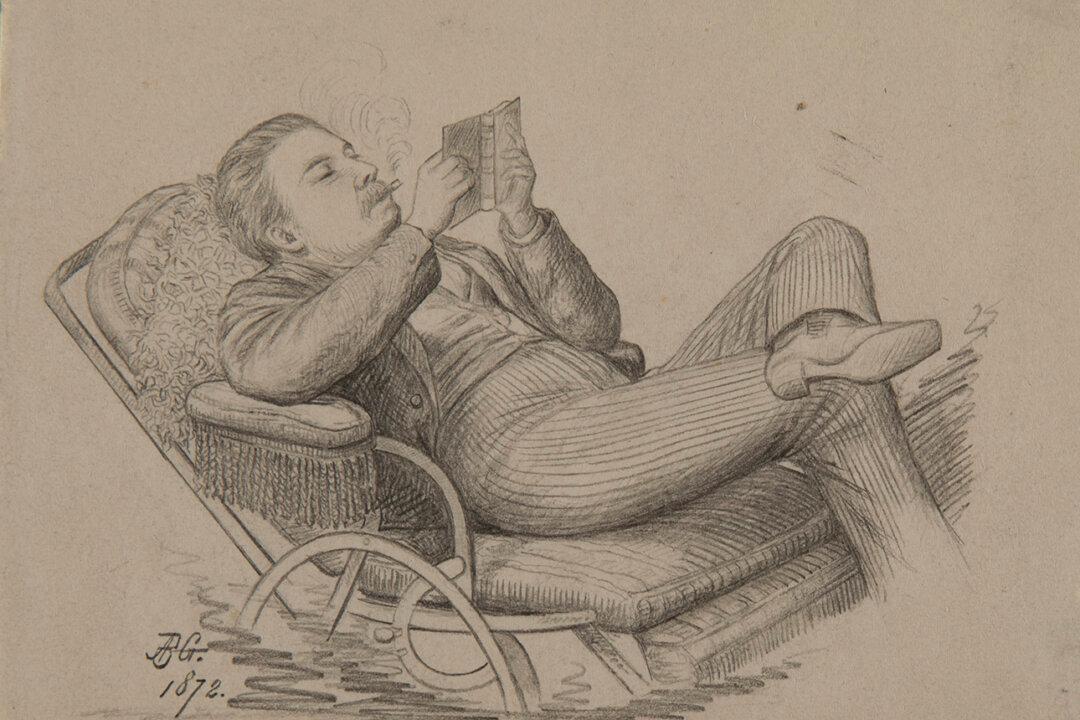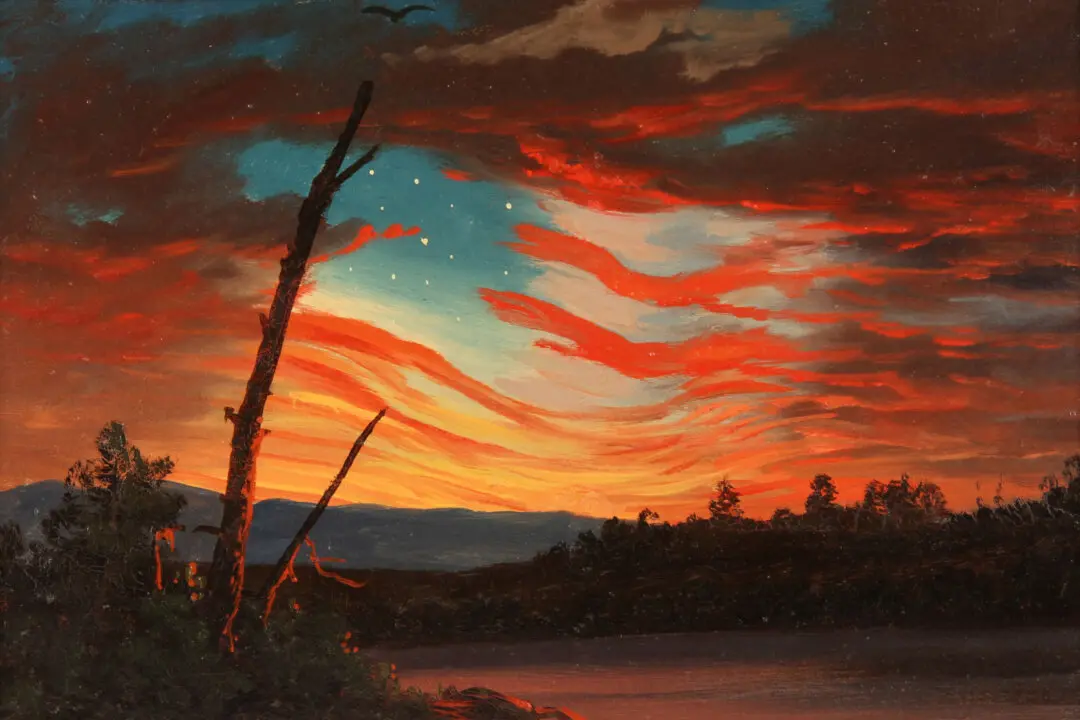At my elbow is a book fresh from the public library. “Book” is perhaps too modest a description, as this behemoth clocks in at nearly 2,000 pages and weighs 8.75 pounds.
Mitford Mathews’s 1951 “A Dictionary of Americanisms on Historical Principles” bills itself as a “famous authoritative guide to American additions to the English language.” Here are more than 50,000 entries, with each word supported by quotations demonstrating its usage. What truly boggles the mind is that this compendium is now 72 years old. Add to it the words and expressions Americans have created since its publication—bummer, hippie, bling, blog, texting, and bytes—and the weight of this dictionary might double.






